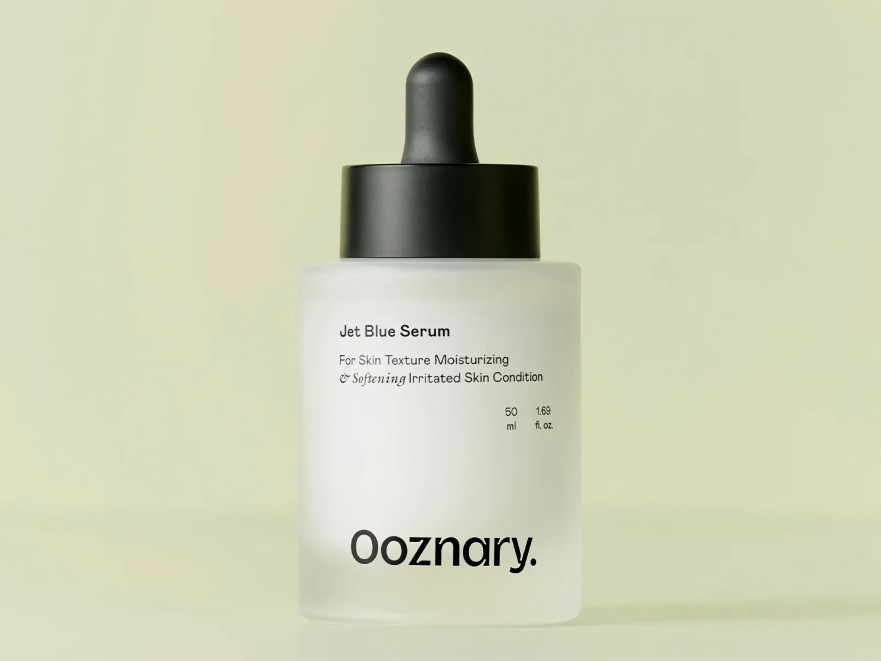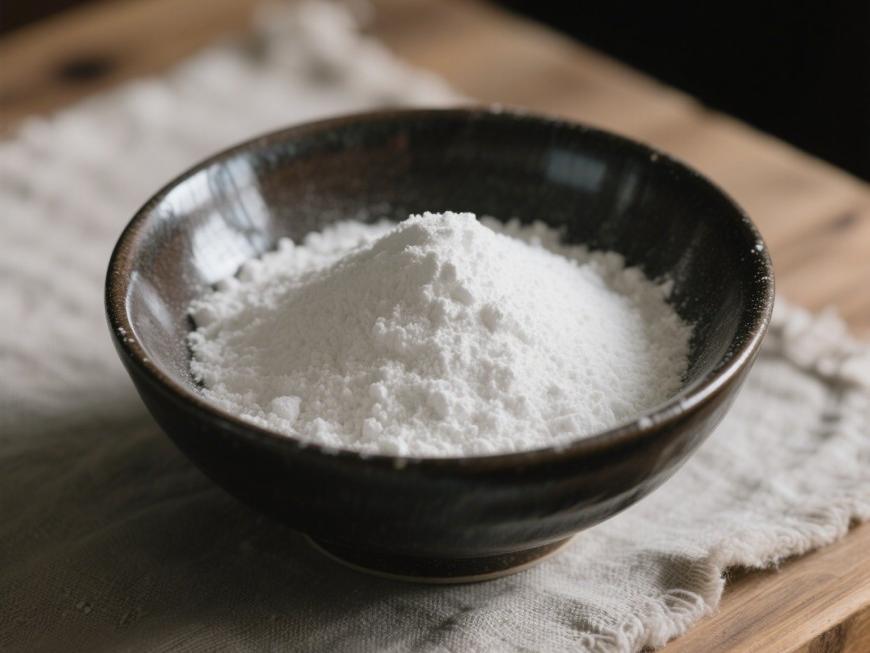D Mannose Powder Provides Innovative Ingredients for Functional Food and Beverage
D-mannose is a functional monosaccharide naturally found in fruits such as peaches and apples, characterised by its low-calorie content and mild sweetness. It has become an important functional ingredient across multiple industries, including food and beverages, dietary supplements, animal nutrition, and cosmetics. As a leading supplier of plant extracts, Green Spring Technology consistently provides customers with high-quality D-mannose ingredients in various specifications, supporting the development of innovative health products.
The main applications of this raw material include:
· Food and beverage industry: As a natural sweetener, it is widely used in health supplements, nutritional beverages, and other products;
· Animal nutrition industry: Used in feed formulations to support modern healthy livestock farming;
· Cosmetics and other industries: Expanding applications in personal care product formulations to align with the trend toward natural ingredients.
D-mannose's diverse application scenarios and natural attributes drive sustained market demand and offer broad development prospects.
1 Key Physical Properties of D-mannose
1.1. Excellent water solubility, easy to process and handle
D-mannitol powder is highly soluble in water, slightly soluble in ethanol, and insoluble in ether. This property makes it easily soluble in liquid formulations (such as beverages, oral liquids, and cosmetic essences), facilitating product formulation design for researchers and enabling smooth mixing and filling processes on production lines.
1.2. White crystalline powder with a sweet taste and mild bitterness
As a natural sweetener, D-mannose has a pure sweet taste with a slight bitterness, making it easy to harmonise with other flavour components without affecting the overall taste of the final product. This facilitates formulation adjustments during R&D and makes it particularly suitable for applications in health supplements, functional foods, and premium dairy products.
1.3. Clear melting point and structure, stable quality and consistent batches
D-mannitol raw material has a clear crystal structure (α-type/β-type) and melting point range (132–133°C), with stable chemical composition. This facilitates procurement teams in controlling raw material quality and enables R&D personnel to assess its behaviour under thermal processing conditions (e.g., baking, sterilisation) during product development, ensuring consistent product performance.
1.4. Clear optical properties, compliant and conducive to quality inspection
D-mannose raw material has typical specific rotation characteristics, which not only provide clear and reliable detection indicators for quality control but also facilitate rapid verification of raw material purity and authenticity by procurement and quality control teams, thereby reducing compliance risks.
As a natural raw material, D-mannitol powder has well-defined physical and chemical properties, making it easy to authenticate and ensure quality stability, with high supply chain reliability, making it suitable for large-scale procurement and application.
It has excellent solubility, strong flavour compatibility, and thermal stability that meet the requirements of various processing methods, making it widely applicable in the development of innovative products such as solid beverages, tablets, feed, cosmetics, and more.
2 Applications of D-mannitol raw materials
2.1 Applications of D-mannitol in food
D-mannitol, as a natural sweetener, has become one of the ideal alternatives to sucrose in the food industry due to its low calorie content and refreshing sweetness.Currently, China, the United States, and other countries have begun producing food-grade D-mannitol powder, which is widely used in various health foods and beverages, available in forms such as capsules and powders.
In addition to its use as a sweetener, D-mannitol also exhibits excellent properties for improving food texture, such as good solubility and melt resistance, making it particularly suitable for frozen desserts like ice cream, where it helps enhance product texture and processing stability.
Furthermore, D-mannitol is also used as an ingredient in some high-end functional beverages. Combined with quality control and content determination techniques (such as HPLC methods), it supports product consistency and stability, helping companies achieve standardised production.

2.2 Applications of D-mannose powder in the aquaculture industry
As a natural plant-derived monosaccharide, D-mannose holds significant potential in the field of animal nutrition. With the growing emphasis on healthy and sustainable farming practices in the aquaculture industry, D-mannose is emerging as a highly sought-after functional ingredient in feed formulations.
Research indicates that D-mannose supports animal health, and its inclusion in feed can help improve the intestinal environment of livestock.
Additionally, D-mannose is considered a promising antibiotic alternative, contributing to the development of antibiotic-free farming and aligning with the modern livestock industry's comprehensive demand for green and safe feeding practices.
Currently, D-mannose has been gradually applied in feed for chicks, egg-laying poultry, and other economic animals, providing excellent nutritional support during various growth stages and helping to enhance overall farming efficiency.
As a reliable supplier of D-mannose raw materials, Green Spring Technology is committed to providing comprehensive support and services to our customers:
· Stable supply and multiple specifications: We offer high-quality D-mannitol in various specifications, including food-grade and feed-grade, ensuring product purity and batch consistency to meet the formulation and production needs of different customers.
· Application guidance and formulation support: Leveraging our mature technical service experience, we provide product application recommendations and production-adapted solutions to assist in new product development and traditional formulation upgrades.
· Compliance and quality assurance: All products strictly comply with relevant domestic and international regulations and standards, and we provide complete compliance documentation to help customers reduce quality control and supply chain risks.

2.3 Applications of D-mannitol in cosmetics
As a natural raw material, D-mannitol has increasingly gained attention in cosmetics and personal care products in recent years. Its excellent moisturising properties and mild characteristics make it an ideal additive in various skincare and personal care formulations.
Among natural ingredients, aloe vera holds a significant position in the cosmetics industry due to its outstanding skincare benefits. Research indicates that aloe polysaccharides are one of its primary active components, and D-mannose, as a structural unit, possesses excellent skin affinity and moisturising capabilities. Cosmetic formulations containing D-mannose can enhance skin feel, leaving the skin softer and smoother after use, while also helping to alleviate dryness and tightness following cleansing.
Currently, D-mannose is being increasingly applied in various skincare products such as masks, serums, cleansers, and body lotions, aligning with the growing market demand for natural, gentle, and functional ingredients.

3 Market Prospects for D-Mannose
As a natural, green, and multifunctional raw material, D-mannose is gaining widespread attention across global industries including food, health, cosmetics, and animal nutrition.
Its low calorie content, high stability, and excellent compatibility provide significant support for innovative product development, showcasing its broad market potential. In the food industry, D-mannose can serve as a low-calorie sweetener alternative, used in health supplements, functional beverages, and various healthy foods to meet modern consumers' demand for natural ingredients and reduced sugar intake.
In the aquaculture sector, D-mannose, with its safe and environmentally friendly properties, offers new possibilities for feed formulations, supporting the development of green aquaculture. In cosmetics and personal care products, D-mannose is increasingly being adopted by brands for its excellent moisturising and skin-feel enhancing properties, aligning with the market's preference for natural skincare ingredients.
As a high-tech enterprise specialising in the research, development, and production of natural raw materials, Green Spring Technology provides customers with high-purity (up to 99%) and multi-specification fermented D-mannitol powder, suitable for use in health supplements, dietary supplements, functional foods, and personal care products. We not only ensure product quality, stability, and compliance reliability but also offer professional technical support and customized application solutions to assist customers in accelerating product innovation and marketization.
For more product details, sample requests, or compliance certification documents, please get in touch with the Green Spring Technology team at helen@greenspringbio.com or WhatsApp: +86 13649243917. Let’s collaborate to help your products stand out in the natural health market!
References
[1] Cheng Z. Research on low temperature thermodynamic properties and thermal decomposition kinetics of monosaccharides[D]. Shenyang: Shenyang University of Technology,2016.
[2]Pan Ziguo.Research on the extraction and purification process of D-mannose[D]. Hangzhou: Zhejiang University, 2009.
[3]Kössi J,Peltonen J,Ekfors T,et al.Effects of hexose sugars: glucose,fructose,galactose and mannose on wound healing in the rat[J].European Surgical Research, 1999,31(1):74-82.
[4] YUE Jianxiong, MENG Zhaohong, ZHANG Lianhui, et al. Genetic transformation of cotton using mannose as a screening agent[J]. Journal of Cotton, 2005(1):3-7.
[5]Mazumder P,Mukhopadhyay C.Conformations,dynamics and interactions of di-,tri- and pentamannoside with mannose binding lectin:a molecular dynamics study[J].Carbohydrate Research,2012,349:59-72.
[6]Taguchi,T.Determination of D-Mannose in Plasma by HPLC [J].Clinical Chemistry,2003,49(1):181-183.
[7] LIANG Zhi,HUANG Guohong. Preparation and use of mannose[J]. Friend of Chemical Industry,2000(3):14.
[8]Hu X,Shi Y,Zhang P,et al.D-Mannose:properties,production, and applications:an overview[J].Comprehensive Reviews in Food Science & Food Safety,2016, 15(4):773-785.
[9]El G A,Wilson C L,Wisniewski M.Sugar analogs as potential fungicides for postharvest pathogens of apple and peach. [J].Plant Disease, 1995,79(3):254.
[10] YANG Bingxun, SHEN Chunxiang, WANG Zeng, et al. Determination of D- glycopyranose in Dendrobium officinale beverage by HPLC[J]. Food Science,2011(8):275-277.
-
Prev
Natural Ingredient D Mannose Empowering Food, Beverages and Animal Nutrition
-
Next
Empower Emotional Wellness Product Solutions with Natural Valerian Extract Ingredients


 English
English French
French Spanish
Spanish Russian
Russian Korean
Korean Japanese
Japanese




